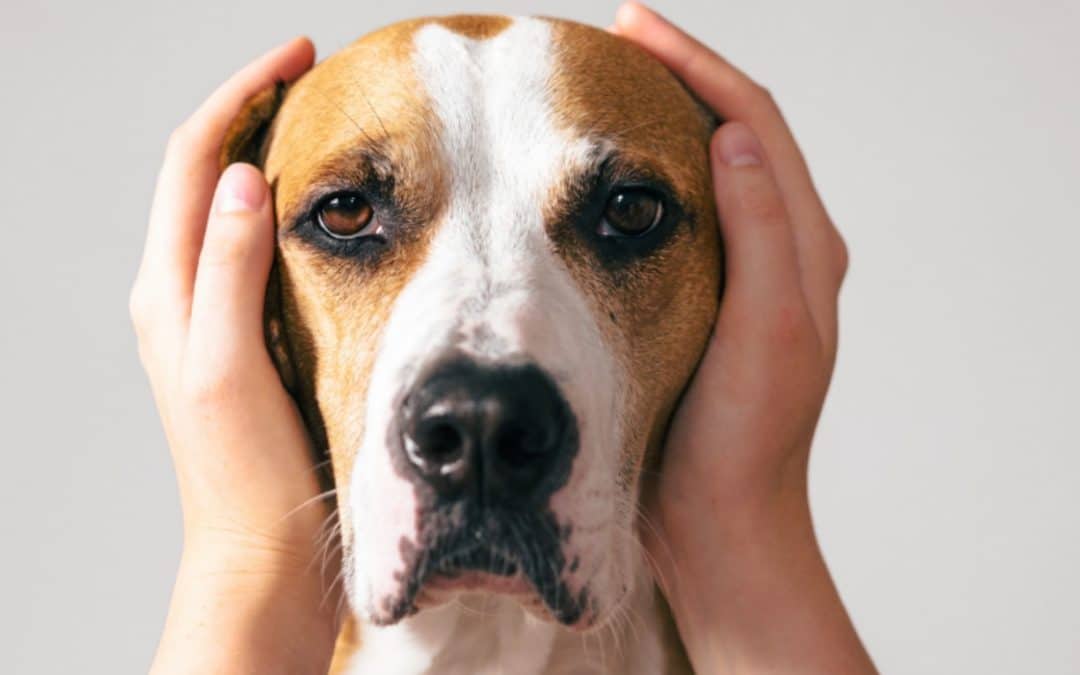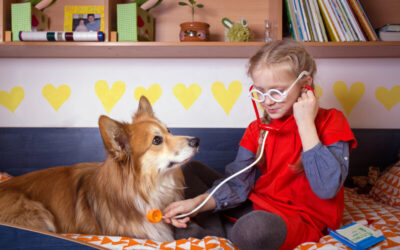Stress in Dogs, and How to Help Them
People feel stressed all the time for many different reasons and have certain things that help them calm down and feel less stressed. It could be yoga, meditating, reading a book, physical exercise, or simply confiding in a trusted person. Like us, dogs can be stressed too. Knowing how it feels to be stressed, we don’t want our pups feeling that way either. But unlike humans, dogs cannot simply say “Hey humans, I’m stressed right now.”. Instead, they give us other subtle signs that can be mistaken for normal behavior. The most common situations that can cause a dog stress are vet visits, loud noises like fireworks or storms, moving houses or being rehomed, or being introduced to new people.
Here are some of the subtle signs that your pup may be stressed:
- Yawning and drooling: Yawning is a usual sign that your dog is tired, or even bored, but they also yawn when they are stressed. A stress yawn is typically more intense and drawn out than a tired yawn. Dogs also drool more and lick more excessively when they are nervous.
- Shedding: Situations that cause your dog stress, such as going to the vet, or visiting a new place, can cause their shedding to increase.
- Pacing and shaking: Another sign of stress that your dog might portray if they are in a stressful situation, such as the vet. They can feel the need to “shake it all off” to help calm themselves in a way. Like people, dogs can also pace when stressed or agitated.
- Changes in body posture: The normal stance for a dog is balanced weight on all 4 legs evenly. If a dog that is healthy shifts all its weight to its back legs, and cowers, that is a sign that they are stressed and uncomfortable.
- Whining and barking: Barking is normal for dogs, but their bark may intensify when stressed. When they are scared or stressed, they may whine to get your attention, or as a way to soothe themselves.
- Changes in ear position and eyes: A sign of stress in dogs is dilated pupils and blinking very quickly. Their eyes may widen, showing the whites of the eyes. If their ears are pinned back instead of relaxed, that is another common sign they are stressed.
- Hiding, escaping, and avoiding: Some pups can try and hide behind their owners when they are stressed or may try to escape from an uncomfortable situation. If they don’t hide or try to escape, they might try to avoid the stressor. Either by avoiding eye contact or finding a way to distract themselves.
While people have certain stress relievers, dogs might not have that privilege. Dogs do have ways to self-soothe, but this only works to a certain extent.
Here are a few ways we can help to de-stress our pups.
- Regular daily exercise
- Giving your dog the proper mental stimulation
- Kennel training as a safe place
- Dog yoga
- Special treats, comfort toys, or a security blanket
- Background noises, like music or tv
- Identify your dog’s stress trigger, and see if there is a way to desensitize it
- Spending quality time with your pup while they are stressed
- Consistent training
- Avoid taking them into stressful situations
- A healthy diet
Knowing the signs of stress in dogs will not only allow your pup to feel calmer and happier, but it can also improve your relationship with your dog. Being able to be there for them when they are stressed and make them feel safer will build trust with your furry friend.
Contact us today for your dog walking & pet sitting needs.




